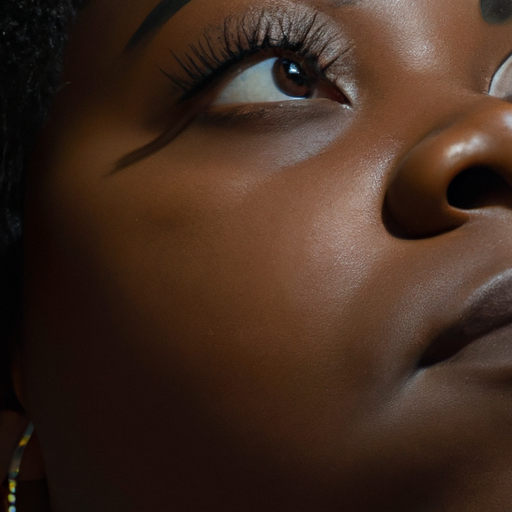As a skincare expert, I have spent years studying the intricacies of skin hydration. One of the most common misconceptions I encounter is the belief that all skin needs the same level of moisture. In reality, the hydration needs of your skin can vary greatly depending on whether it is dry or wet. Understanding the difference between wet and dry skin hydration is crucial to maintaining healthy, radiant skin.
Firstly, let’s delve into the concept of dry skin. Dry skin is characterized by a lack of natural oils, or sebum, which leads to a rough, flaky texture and a dull appearance. This lack of oil prevents the skin from retaining moisture, leading to dehydration. When it comes to hydrating dry skin, the goal is not just to add moisture, but also to restore the skin’s natural oil barrier.
To hydrate dry skin effectively, you need products that are rich in oils and emollients. These ingredients work by creating a protective layer on the skin’s surface, trapping moisture and preventing it from evaporating. Look for products containing ingredients like shea butter, jojoba oil, or hyaluronic acid. These ingredients not only provide immediate hydration but also help to repair the skin’s natural barrier over time.
On the other hand, wet or oily skin produces an excess of sebum, leading to a shiny appearance and often accompanied by enlarged pores and acne. Despite this excess oil, wet skin can still be dehydrated. This is because while there is plenty of oil, there may not be enough water in the skin.
For wet skin hydration, the focus should be on increasing water content without adding more oil. Water-based or oil-free moisturizers are ideal for this purpose. Look for products containing humectants like glycerin or aloe vera, which draw water into the skin and lock it in place. Additionally, using a lightweight, non-comedogenic moisturizer can help to balance oil production and prevent breakouts.
Regardless of whether your skin is dry or wet, it’s essential to remember that hydration is not a one-time event, but an ongoing process. Regularly drinking water, avoiding harsh soaps and detergents, and using a humidifier can all help to maintain your skin’s hydration levels.
Moreover, it’s important to note that everyone’s skin is unique. What works for one person may not work for another. Therefore, it’s crucial to listen to your skin and adjust your skincare routine accordingly. If you’re unsure about what type of skin you have or what products to use, consider consulting with a dermatologist or skincare expert.
In conclusion, the moisture mystery is not as complex as it seems. By understanding the difference between wet and dry skin hydration, you can tailor your skincare routine to meet your skin’s specific needs. Whether your skin is parched and flaky or slick and shiny, the right hydration strategy can help you achieve a healthy, glowing complexion. Remember, hydrated skin is happy skin!



